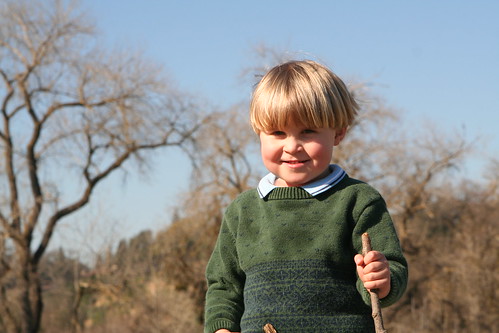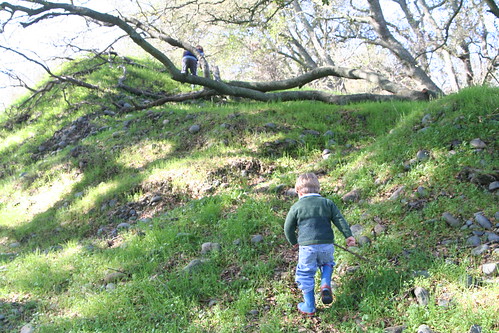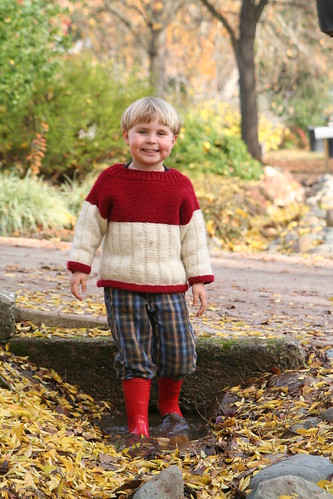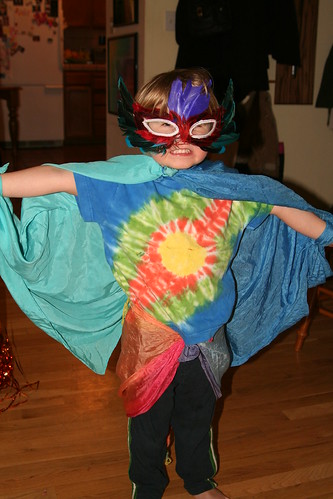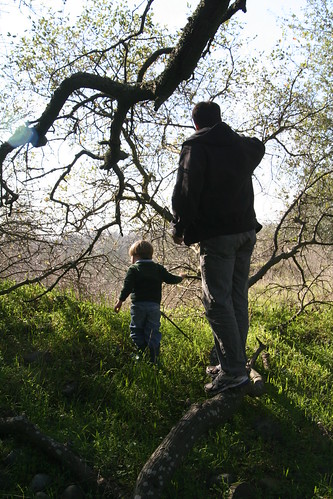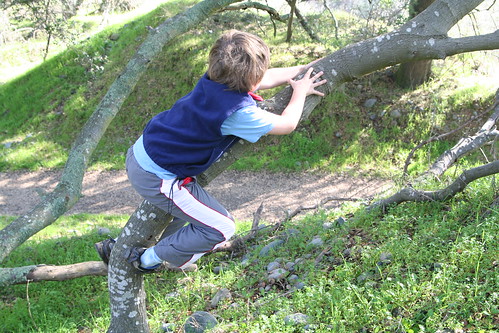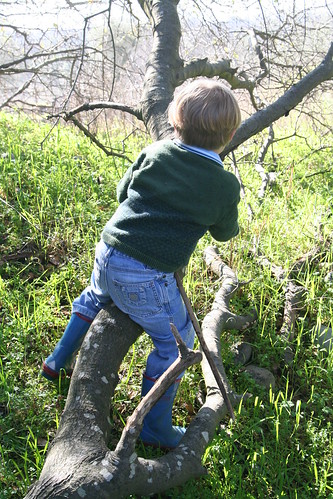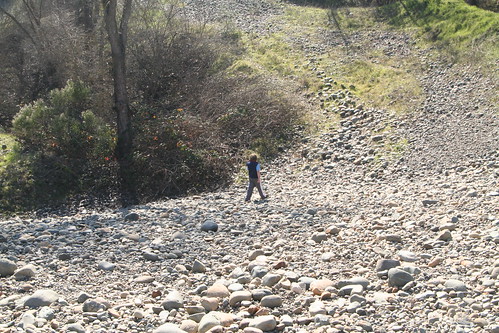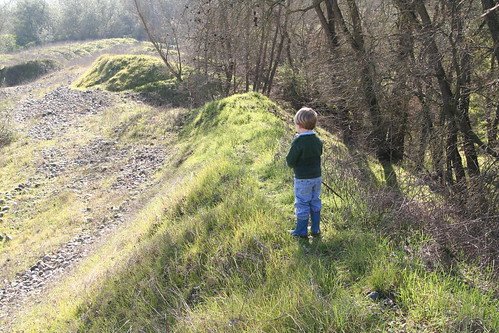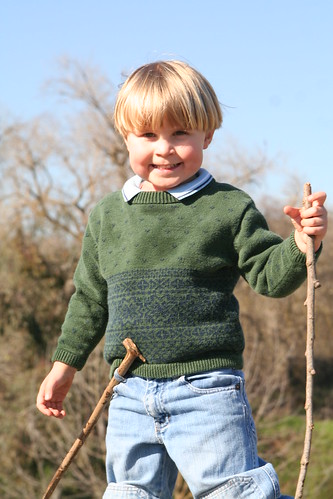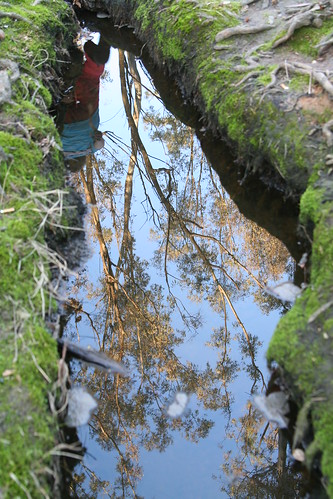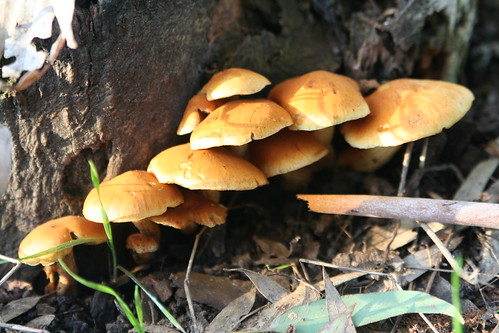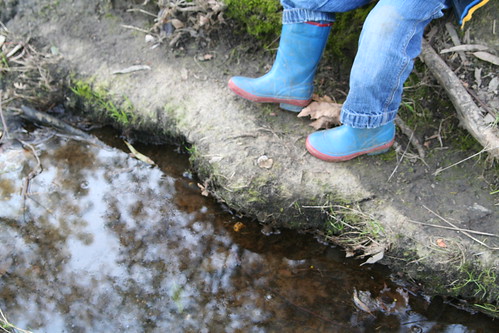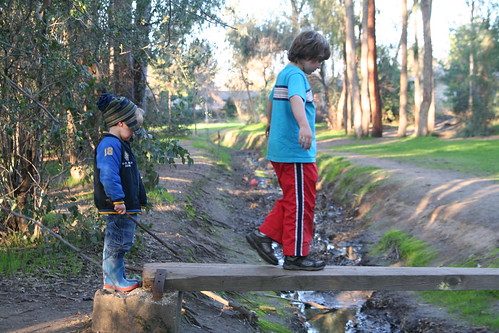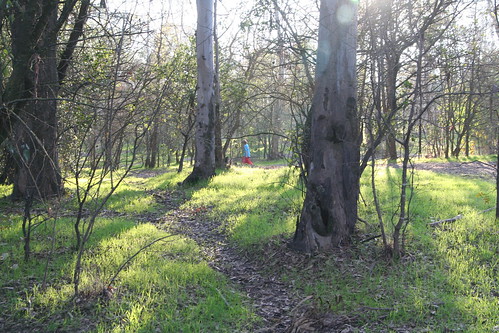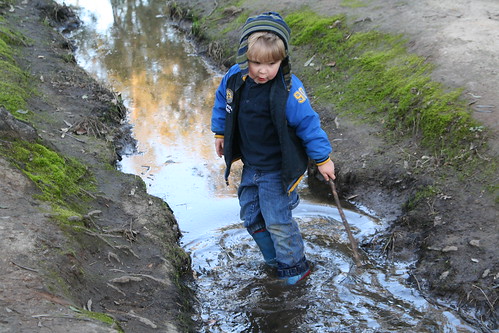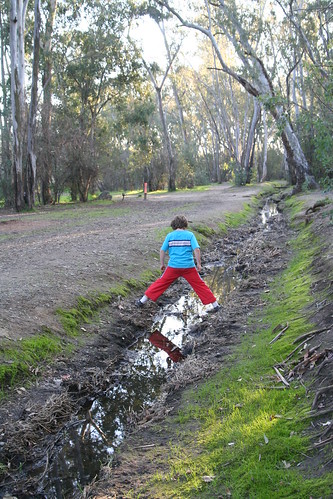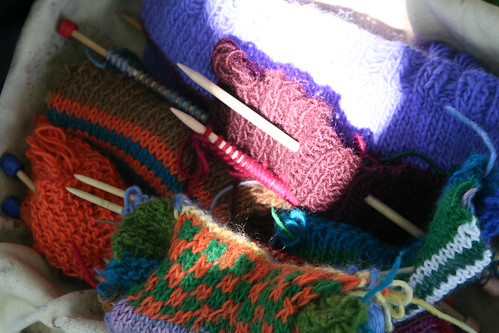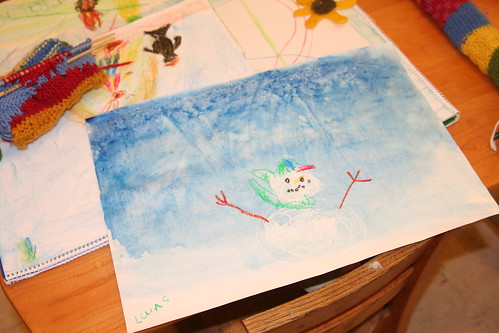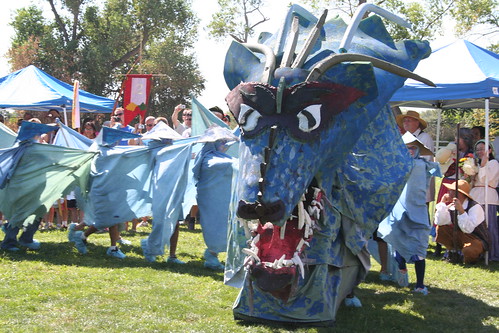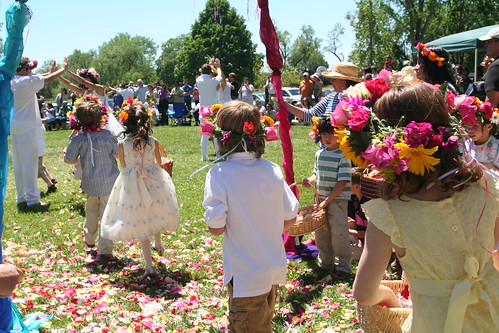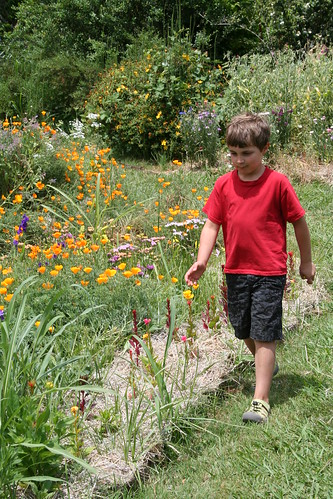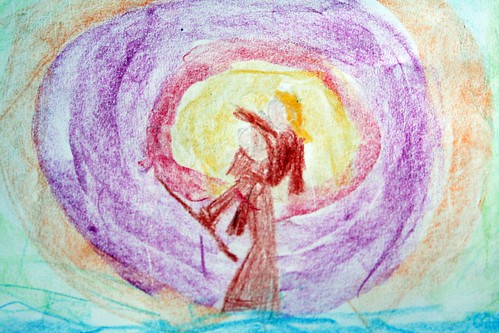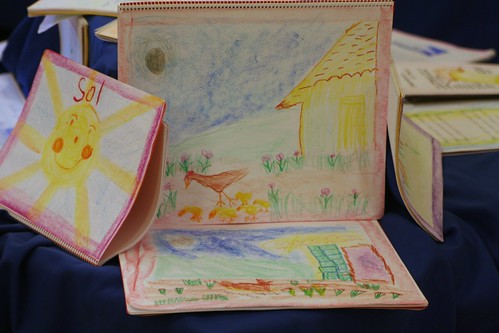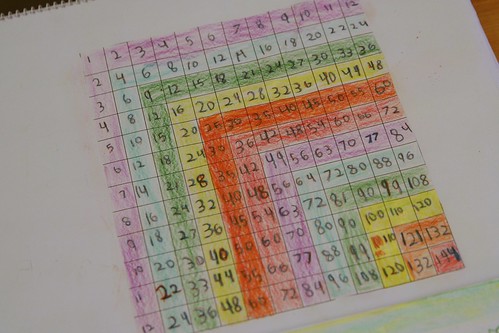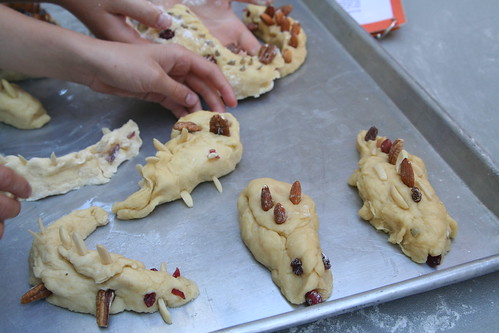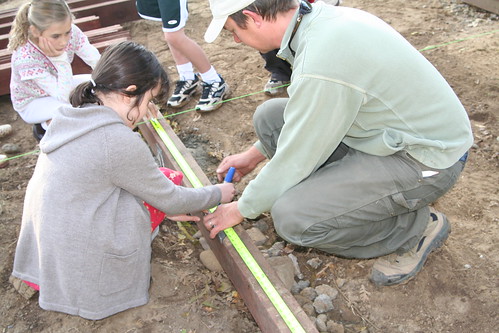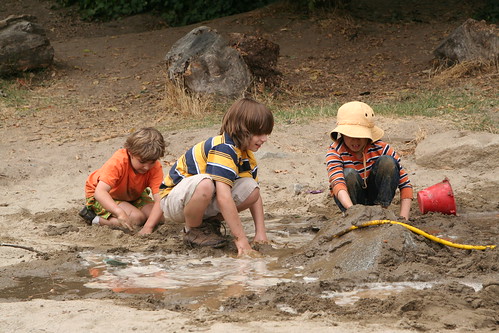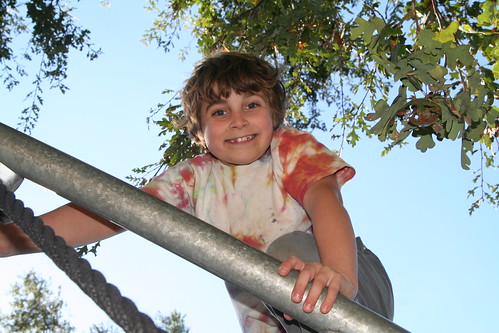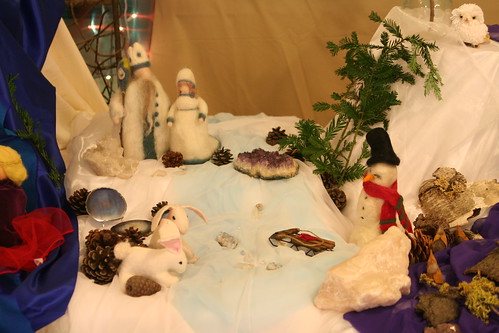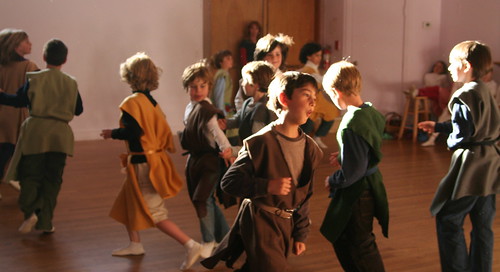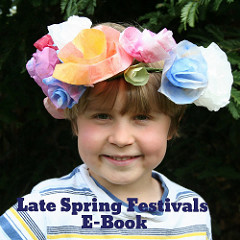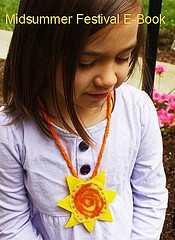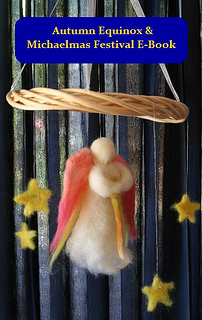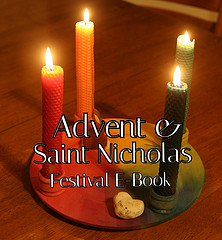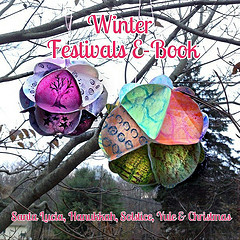Dear Asher, On Your Fourth Birthday
Dear Asher,
You are 4! Of course I am amazed by this, but also excited, for every day I see the world opening up more and more to you. You are becoming your own little master and you are a mighty force of a boy!
So much has happened since your last birthday. You’ve traveled so far. No longer do you want to be called “Baby Asher,” or “my baby.” You are a Big Boy now, except when you’re feeling small or a little challenged, and then you quietly tell me you are a Little Boy. This doesn’t happen often, however. You boldly march into almost all situations with your head held high and a battle cry on your lips. You are ready for nearly anything, nearly anytime. You are your brother’s powerful sidekick—what superhero would that be? Surely you are more competent than Robin.
In the last year you have continued to perfect your language skills. Now you talk constantly, giving us precious insight into your blossoming personality and miraculous imagination. You are a man of adventure, at least in your own private world, which you call Dreamland. There, anything is possible for you. There, you are all-powerful. Thanks to your daring-do, monsters are vanquished. Maidens are saved. Ninjas are defeated. Bad Guys quickly are made to regret their poor life choices. You tell us all about it. We in your family try to keep up, but we’ve learned that Dreamland is a fluid place, where continents shift and volcanoes erupt. Rules are very different there, and yet you have set yourself up with seven moms and seven dads. I suspect this is so that you can take on the most perilous missions and still feel you are being supervised, besides, in Dreamland you get to boss them all around. I should say, Dreamland stories can last for ten minutes or more, nonstop. I know that in Dreamland, candy dinners are often served.
Not only are your storytelling muscles being exercised daily, but also your sense of humor is blooming, too. You get jokes and often laugh uproariously. You tell jokes, too, sometimes playing on words and often making a point of saying something controversial, like “butt” or “poo poo head.” You smile and laugh easily. The world seems to hold so much enjoyment for you, and I hope this will be true for you your whole life!
You are perfecting numerous methods by which you can get your brother’s goat. And although I wish it were otherwise, your bickering is in full force now. I don’t like it when you two fight, but it seems to be an unstoppable part living with a brother. I think it means that you are starting to hold your own in this household. Lucas isn’t always the ring leader and you are not always the follower, as it might at first seem. You start disagreements and pick on him, just as he does you. I merely have to turn my head a moment to discover the two of you, clutching sticks and whacking each other for all you’re worth.
In all of your daily activities, you are showing marvelous growth. You are physically strong and growing tall. You used to be such a picky eater, preferring meat always. Your repertoire of vegetables you eat is expanding all the time, and I must admit I’m happy to see it. Now you enjoy raw carrots (while playing bunny), bread and butter pickles, apples, pears, kiwi fruits, celery, broccoli, green beans, lettuce, spinach, and potatoes. You’re not thrilled about it, but you will choke down a small portion of greens or cabbage, especially if doing so gets you an after-dinner cookie. And this is enough for now. I’m not at all worried about your eating habits. We just have to make sure to continue to offer you healthy fruits and veggies every day and you will do the rest. In any case, you are not a meek child who waits to be noticed. When you are hungry or thirsty, you’re very clear about it. You make your needs and your preferences known. We’re working on getting you to use better manners about it.
Your sleeping patterns are changing now, which is something I remember from when Lucas was your age. You had become quite accustomed to sleeping alone in your bed. Then last winter we moved your brother into your bedroom and now you have to share. Lucas gets the top bunk and you get the bottom, which is dark and cozy and soft. At first, the excitement of sharing a room was overwhelming and you both elected to sleep together, usually in Lucas’s bed once we determined you wouldn’t fall out. Gradually, though, Lucas wished for more space of his own (and discovered what a little furnace you are when you’re sleeping). Getting used to sleeping without Lucas in bed with you has been hard. Now that you are nearly 4, you have bad dreams pretty often, or have to go potty in the night, and you wake up. Lately you’ve been joining Mama and Daddy in bed at 4 a.m. or 2 a.m. This is hard on Daddy. You have a tendency to bicycle your legs to get the covers off, and in the process you kick people. (Maybe this is why Lucas doesn’t want you sleeping with him anymore.) We’re working through it. We don’t really want to tell you no right now, as you’re kind of afraid of the dark and don’t like being alone. And so, we cope.
You now like to do all kinds of things by yourself, like dressing in your outer coat and putting on your slip-on galoshes. One day recently you were so adamant that you didn’t need any help at all, and yet your jacket sleeves were both inside out. You worked on putting on that coat for 15 minutes solid—and as you struggled you got more and more angry that it wasn’t working! You knew how to put it on; it had worked for you so many times before! Why not now? Tears were flowing and I finally was able to sneak in there and help you turn the sleeves right-side out. You got the jacket on, but you were livid that I had dared to interfere! You bawled me out for an hour after that.
You’re doing great in the potty now; six months ago was a very different time. You’re completely out of diapers and only sometimes have nighttime accidents. Most of the time, you manage everything by yourself now, unless you feel like having company along.
Oh my, how you play! Your imagination is off the charts. You switch between being a dragon, a rabbit, an astronaut, and a ninja in mere seconds, if you wish. Or you let one idea take hold and carry you all through the day. I frequently play the supporting role of mama rabbit, mama dragon, mama chicken, etc. I’m used to being just outside your spotlight. Daddy gets to be the daddy fill-in-the-blank, too. We make marvelous families of fluffy duckmouseratdragonrabbitchickencows and birds. Sometimes you enjoy using play silks as your costumes; they often help you transform yourself. They aren’t necessary, though, which is wonderful. Sometimes, a throw blanket over the top of you sees you sufficiently snug inside your egg for a quick and exciting hatching. We never know what critter will emerge from the egg!
When you’re playing with Lucas, you’re usually something more martial than a sweet woodland creature. You’re dragons together, or knights, ninjas or airplane pilots. Often this ends in kung fu or magic battles in which one of you gets hurt. Even when you don’t get physically hurt, you sometimes perceive each magic spell as a great wound; it’s all so real to you it makes you cry when Lucas says something along the lines of, “Your spell just bounced of my ricochet force field and it slammed back into you and now you have no arms!” Oh catastrophe! Oh tears! Bellows of “Stop it!” and “Leave me alone!” are commonly heard around our home. The impulse to wrestle and fight and knock against each other is so powerful in you both as brothers. It drives your father and me to distraction.
You do play nicely with Lucas now, too. When both of you play cooperatively, it’s wonderful. You laugh and tell jokes to each other. You cooperate in saving the world as superheroes. You rescue Princess Mommy when she’s in distress. You care for animals in an animal hospital. You search for wild dragons in the backyard, and tame them with your magic, secret languages, and animal training skills.
Asher, you are something of a hoarder still. Since you were little you’ve always enjoyed piling up your belongings into a great heap. You don’t like anyone to touch these items, or try to put them away into their proper places. These collections are your “work,” or your “store,” or your “tools.” Any item whatsoever becomes a tool of some kind, and it’s all the better if you can find some ribbon or piece of yarn to tie multiple toys together into a Frankentoy, with unique and useful properties.
One of my very favorite things about you is that you love music and you LOVE to dance. You seem to have some natural talent, quickly learning songs that Lucas has learned at school and hummed once or twice at home. In fact, you seem to pick up on any tune really fast. When you hear a new song you like, your face lights up and you ask urgently, “Who’s that? What’s this music called?” If you really, really like it, you ask for that music after dinner, when we are cleaning the table and doing dishes. This is, traditionally, our After-Dinner Disco time. Anyone with a yen to hear anything in particular can request songs at this point, and you often pipe up with just the thing. You like music that’s upbeat, fast, and joyful. You like fight songs and rock ‘n’ roll. You like to bang your head, which puts a sparkle in your Daddy’s eye. You have some wicked-cool moves, too; you’re serious about your dancing and you try out new tricks all the time, but in a purposeful and repeating way—not just randomly. I don’t know how to explain it, except to say my heart swells every time you get your groove on.
Preschool has been a wonderful experience for you this year. You changed preschools in September, right after we came home from Burning Man. Now you attend Starbright Garden Preschool and Miss Pati is your teacher. She is warm and grounded, and I think she makes you and all the other children there feel safe and comfortable. Her home is delightful and full of magical playthings and her garden has many nooks and crannies for you and your buddies to play in. Your two dearest friends came with you to Starbright Garden, and they continue to be close to you. (One of them, Noah, is teaching you about Michael Jackson and Taylor Swift music!) You’re also making new friends left and right, and since there are thirteen children at the school, you’re learning to operate in a bigger pond, so to speak. You’re very fond of Sophie, whom you plan to marry (right after you marry me and Daddy). She’s a great kid, so we’re pretty okay with that decision.
I guess I should sum up now by saying you are growing into such a clever and precocious boy. You’re a joy, and when you’re not it’s only because you’re flexing your independence or trying to work the system—necessary stages and skills worth practicing. You are formidable, as I said before. I’m honored to know you, my little one. Your father and I love you so much! You make us proud every day. You make me want to hold you up to the sun and shout my amazement and wonder to all the sky gods and all the earth goddesses everywhere:
Look at this boy! Look at my son! He is a miracle!
Happy birthday, Asher, my love. Blessed be.
Love,
Mama


